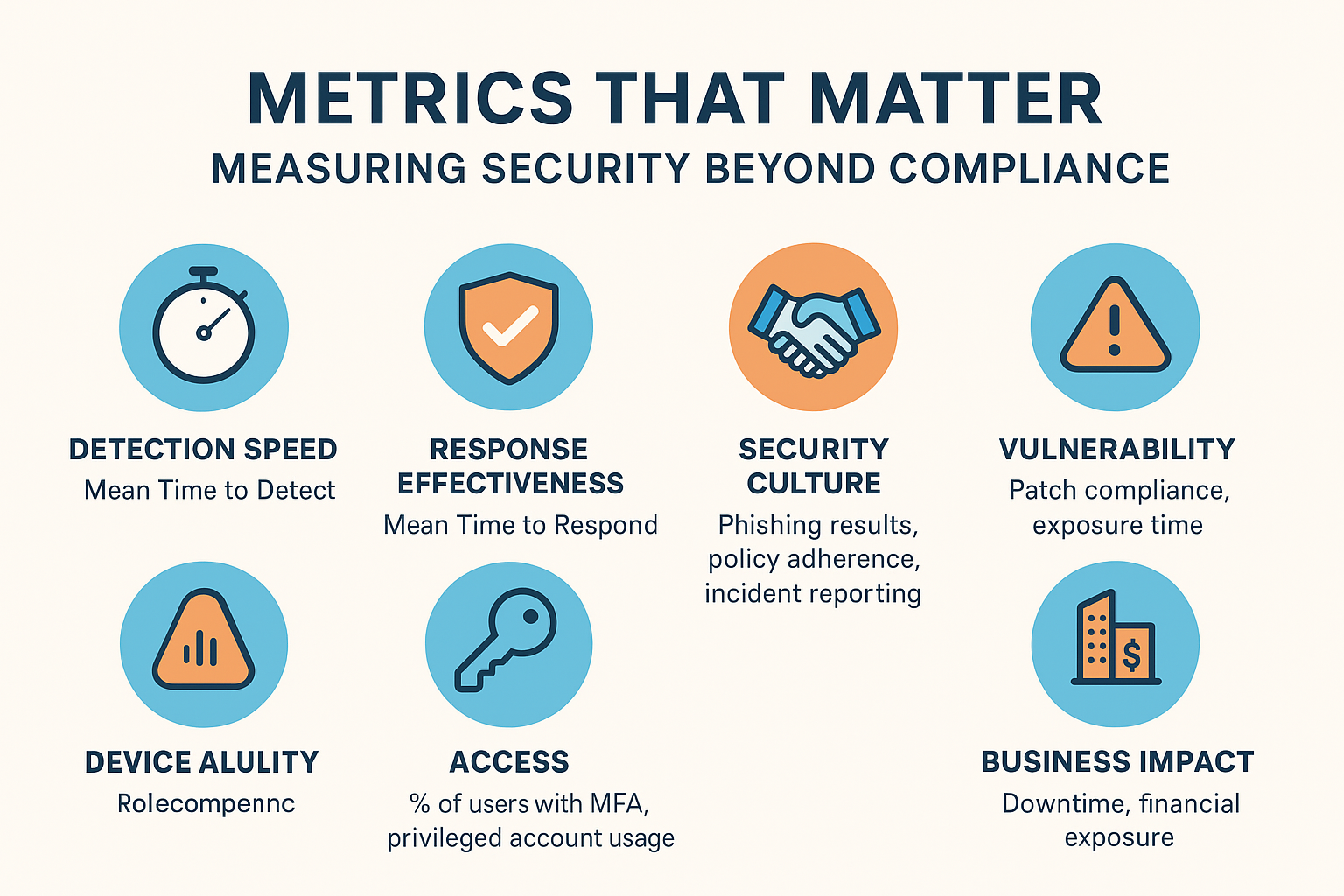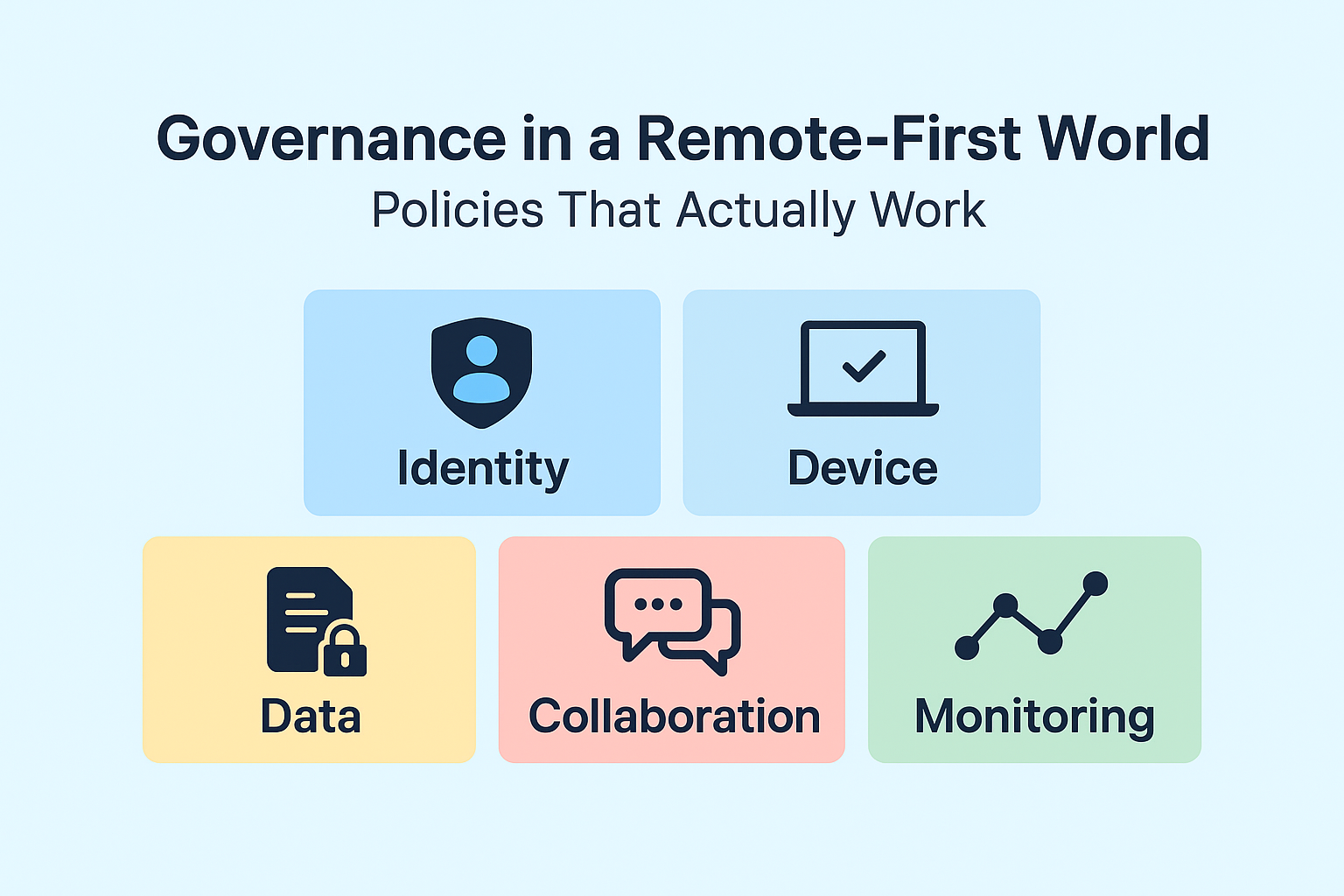
Post Review: Security governance often collapses in the space between the boardroom and the server room. This post outlines how CISSP leaders can translate executive intent into technical execution — and ensure feedback flows both ways.
From the Boardroom to the Server Room: Bridging the Gap in Security Governance
Cybersecurity strategy doesn’t live only in policy binders, nor only in configuration scripts. It succeeds when leadership vision and technical execution reinforce each other. Yet too often, the boardroom speaks business while the server room speaks technology — and translation is missing.
1) Align Strategy with Reality
Boards may set ambitious objectives: “zero trust,” “AI security,” or “cloud-first.” CISSP leaders must translate these into actionable roadmaps, budgets, and prioritized initiatives that engineers can implement without burnout.
2) Ensure Two-Way Communication
Governance is not one-directional. Security teams must have clear channels to report risks, constraints, and emerging threats back to executives — enabling informed decisions at the top.
3) Speak a Common Language
- For executives: Use business impact, financial exposure, and risk appetite terms.
- For engineers: Translate those into technical control requirements, SLAs, and architecture diagrams.
4) Embed Accountability at Every Layer
Governance fails when accountability is siloed. Executives must own strategic risk, managers must enforce processes, and engineers must uphold standards. Everyone has a role in resilience.
5) Use Metrics that Connect Both Worlds
Metrics like MTTR, MFA coverage, or patch compliance mean little without context. Tie them back to business outcomes — downtime prevented, regulatory fines avoided, or customer trust preserved.
6) Create a Governance Feedback Loop
True alignment requires iteration. CISSP leaders should convene regular governance reviews where executives and technical teams validate whether controls are working and where gaps remain.
Conclusion
When governance bridges the boardroom and the server room, organizations achieve more than compliance — they achieve resilience. CISSP professionals are uniquely positioned to be translators, strategists, and enablers who ensure that security works from the top down and the ground up.

